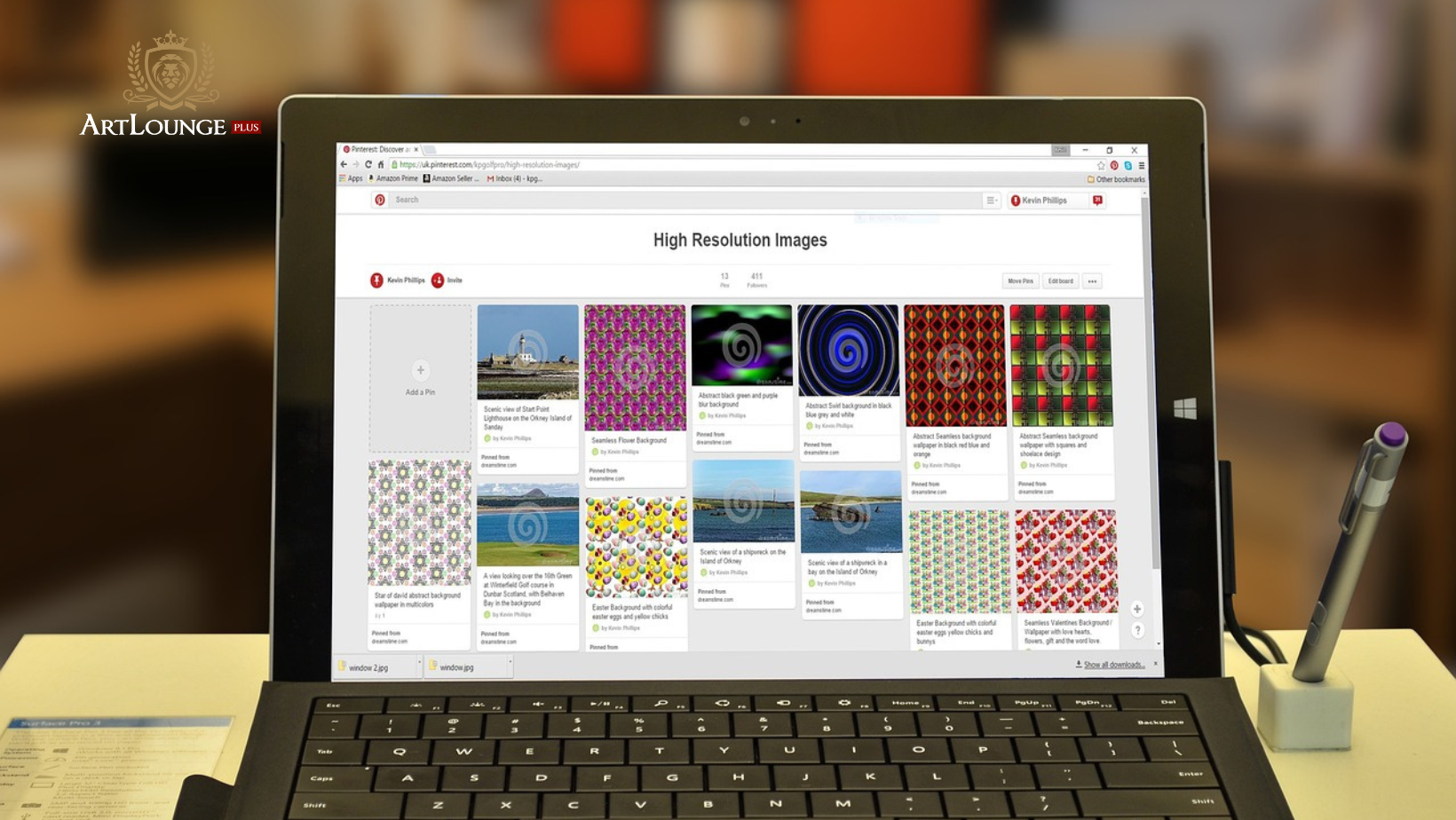
Sell your own ... digital collector's item
04-12-2023
Collection or sale?
When one considers why people engage in the processes of creating, collecting and selling NTF digital items, a whole range of diverse reasons can be identified. For many people who are passionate about modern technology and digital art, the decision to create or acquire digital collectibles is a natural step. They are motivated, among other things, by a deep desire to satisfy an inner thirst associated with a love of art and a desire to have unique, one-of-a-kind pieces in their collection.
However, it is not only the collector aspect that is crucial here. Many people who have the skills to create digital works decide to sell them. They do this for a variety of reasons. For some, it is a way to earn additional income to improve their quality of life. Others, on the other hand, want to share their extraordinary talent and vision with the world, giving others the opportunity to admire their work.
One should also not forget the practical application of digital collectibles in today's culture. These unique items are becoming increasingly recognized in various areas of popular culture, such as cinematography, video games and even the fashionable clothing industry. This indicates that their popularity is constantly growing, which is also partly due to advanced technology, such as blockchain technology, which gives them unique features and value.
If you want to learn how to create digital art, it's worth learning more about the topic and reading interesting materials on the Art Lounge Plus platform.
Rule one - set up a digital wallet
In the age of digitization and the growing interest in digital collectibles, securing one's digital assets has become not just a necessity, but a priority. It is essential that we are aware of potential risks such as theft or data loss, and that we are properly prepared to avoid them.
Choosing the right digital wallet is not only a technical issue, but also a strategic decision that can affect the success or failure of our digital initiatives. There are plenty of different digital wallet solutions on the market. Some are more complicated to use, but offer a higher level of security. Others focus on simplicity and intuitiveness, but may offer fewer security options. The key is to find the right balance between security and usability.
In addition, it is worth paying attention to the compatibility of the chosen wallet with the specific blockchain technologies we plan to use. Depending on the characteristics of our collecting project, different blockchains may offer different capabilities and features, which are worth considering when choosing the right wallet. After all, our digital items are not only financial assets, but often a reflection of our passion and work, so it is worth taking due care of them.
Rule two - secure
In a digital world where collectibles are gaining in value and importance, the key to protecting them is effective security. To ensure that your digital treasures remain safe and intact, you need to take certain steps. The first and most important step is the use of digital collectibles. Thanks to their unique nature and ability to be registered on the blockchain, each item in your collection will not only be identified, but also protected from potential threats such as theft or forgery.
However, the technology itself is only the beginning. It is also necessary to regularly monitor and update the software of your digital wallet. In a world where cyber threats evolve day by day, you need to stay on top of the latest updates that can strengthen your wallet's security. In addition, it's worth remembering to keep your personal information and wallet-related information confidential and protected.

Detailed protection strategies for your digital assets
Protecting digital collectibles is not just a matter of technology, but also of practical measures. Among the most effective methods of ensuring the security of your collections are:
- Private key encryption, which provides an additional layer of protection against unauthorized access.
- Systematically back up your portfolio, allowing you to quickly restore access if you lose your device or data.
- The use of multi-level authentication systems, such as passwords that are difficult to guess, and biometric authentication methods that use unique physical characteristics, such as a fingerprint or iris scan, to ensure that only you have access to your digital treasure.
Rule three - valuation
In the world of digital art, where works are becoming increasingly popular and sought-after, it becomes challenging to accurately and precisely value a digital collector's item created by oneself. The valuation process is not uniform or simple, and in order to do it correctly, it is necessary to have a thorough knowledge of the digital art market and the specifics of this sector. In addition, it is important to be able to assess the value of a particular work in the context of current trends and demand. It is important to remember that the prices of digital collectibles are highly volatile and can be shaped by a wide range of factors. Among them are aspects such as the reputation and recognition of the artist, the growing or declining popularity of certain motifs in digital collections, as well as the uniqueness and originality of a particular artwork.
Sell your collector's item
Selling a digital collector's item is a process that requires a considerable amount of time, energy and patience. It is worth using tools such as auction platforms or specialized services to reach more potential buyers.
Digital art and digital collectibles are growing in popularity, and selling and collecting them can bring many benefits. However, it is important to remember that creating, securing, valuing and selling digital collectibles requires considerable knowledge and skill. To learn more about the possibilities of NTF, it is advisable to use a professional graphics platform. Art Lounge Plus reviews indicate that this graphics portal is a gem for graphic art lovers.